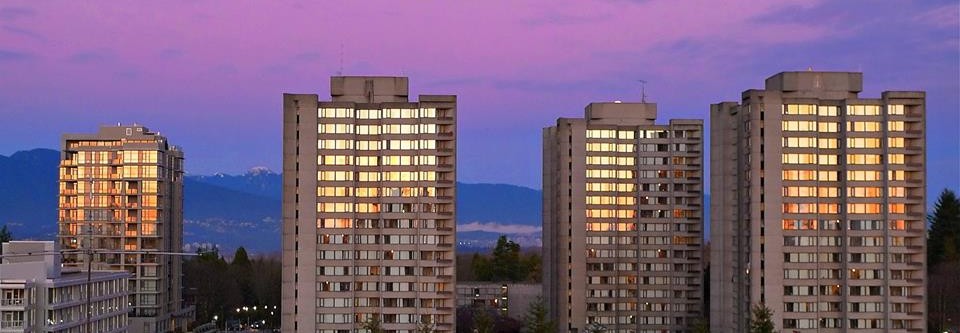by Roshni D’Souza
What kind of building can 37 million dollars buy you? The most sustainable, innovative and high performance building in North America also known as the Centre for Interactive Research on Sustainability (CIRS). If you haven’t yet checked out this gem at UBC, there is no better time than the present.
What makes this building so special?
Well… Almost every part of this building is green, from the paperless design process to CIRS ability to generate electricity, purify rainwater, regulate its energy requirements, and reduce the university’s carbon footprint. Instead of being “less bad” for the environment, the aim of the building is to be regenerative and restorative in a way that actually makes the environment better because it exists. CIRS is a wood building (and not just any wood, but sustainably harvested wood) and will have more carbon embodied in it than what is emitted in the building and decommission of the building.
Heating comes from the ground through geo exchange and from the Earth and Ocean Sciences building. A heat recovery system that taps into the fume hood exhaust stack of the EOSC building will recover enough waste thermal energy to provide 100% of the space heating needs in the CIRS building. Two thirds of that energy captured will also be returned to EOSC as surplus heat, reducing that building’s heating needs as well. Ventilation of the building will come from the wind, and heating and electricity will come from the sun. Natural daylighting is maximized through building design and by using daylighting shelves that distribute natural light while reducing glare. Overall these technologies produce a building that lives within the natural flows of the environment.
 Another amazing feature of the building is that all water used will be treated and reused. The water will initially come from collected rainwater. This rainwater will be used for toilets, sinks, as drinking water and irrigation around the building. Self-contained sewage treatment and water purification through the use of artificial wetlands, bio-swales and grey water storage tanks allows for water reuse and for water leaving the system to be cleaner water than what was originally captured. Overall the entire system will be used as a laboratory to measure energy and water consumption, indoor environmental quality, temperature, and daylight harvesting.
Another amazing feature of the building is that all water used will be treated and reused. The water will initially come from collected rainwater. This rainwater will be used for toilets, sinks, as drinking water and irrigation around the building. Self-contained sewage treatment and water purification through the use of artificial wetlands, bio-swales and grey water storage tanks allows for water reuse and for water leaving the system to be cleaner water than what was originally captured. Overall the entire system will be used as a laboratory to measure energy and water consumption, indoor environmental quality, temperature, and daylight harvesting.

 Follow
Follow